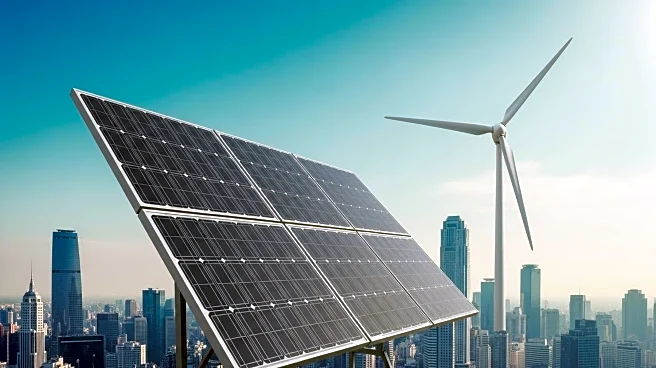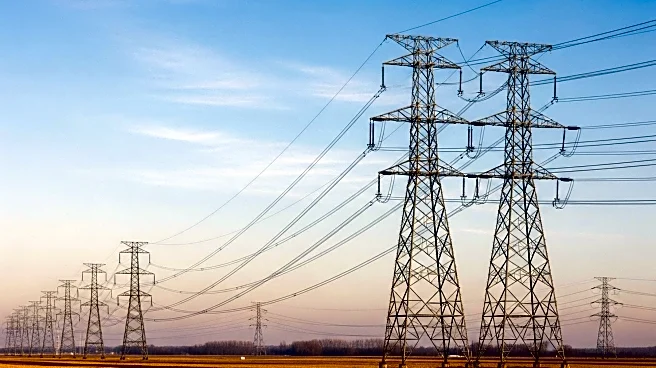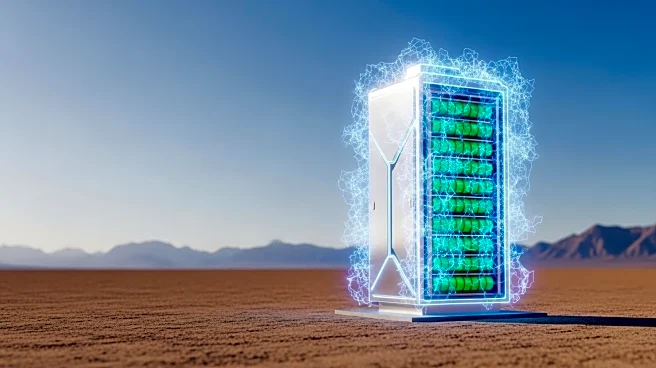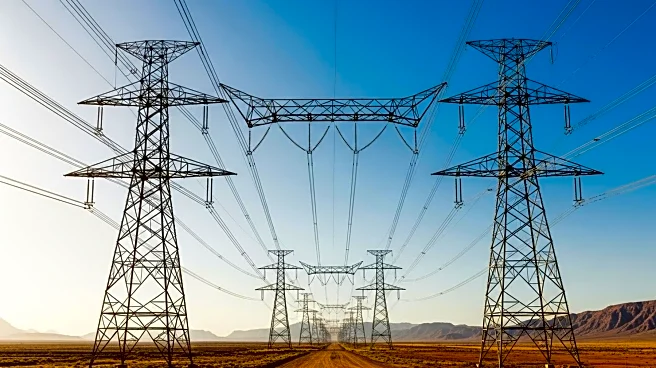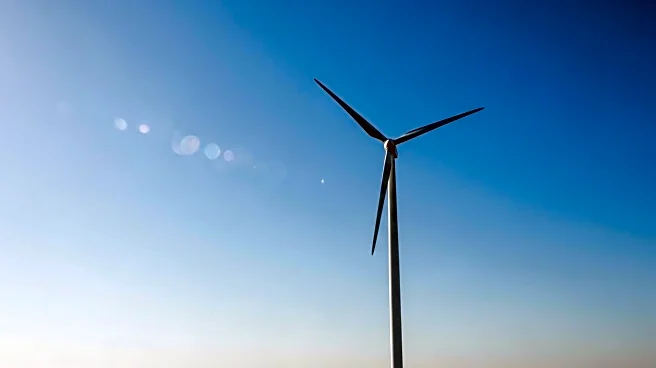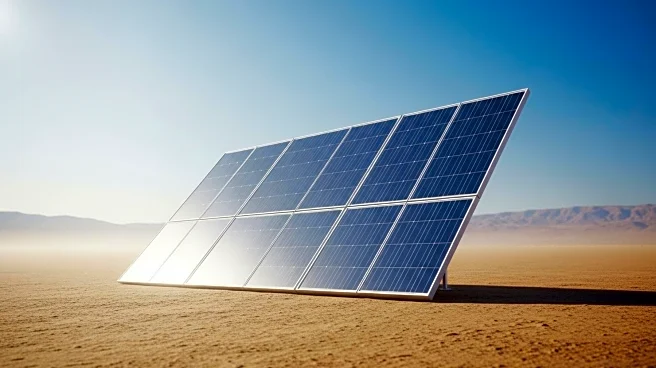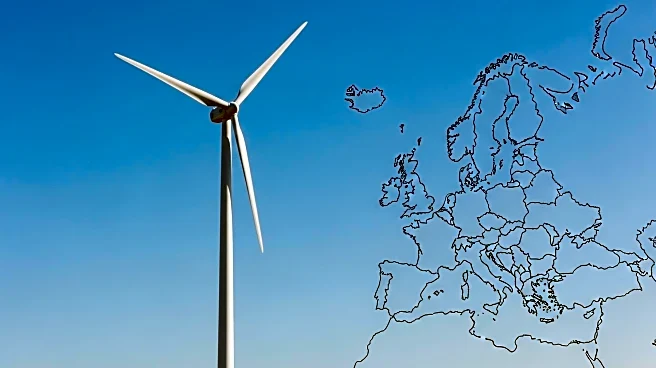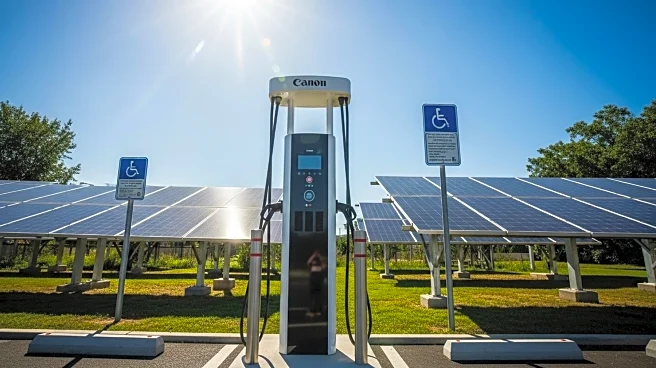What's Happening?
The United States is facing a substantial increase in electricity demand, projected to grow by 15.8% by 2029, according to ICF International. This surge is driven by factors such as the expansion of AI, data centers, manufacturing, and electric vehicles. As a result, utilities are expecting rate increases between 15% and 40%. The U.S. Department of Energy has warned that without strategic intervention, the nation could experience recurrent blackouts and escalating energy costs. The retirement of fossil fuel-based power plants is outpacing new deployments, raising concerns about future energy shortages. Efforts like the Desert Southwest pipeline and modernized grids are being considered to stabilize energy supplies.
Why It's Important?
The anticipated rise in electricity rates could significantly impact American households and businesses, making it more challenging to access affordable energy. This situation underscores the need for a diversified energy strategy that includes both renewable and traditional energy sources. The Infrastructure Investment and Jobs Act and the Inflation Reduction Act provide some support, but further investment in grid upgrades and reliable baseload power is necessary. Policymakers must prioritize infrastructure development to prevent energy scarcity and ensure economic stability. The potential for increased energy costs and blackouts poses a risk to economic security and national progress.
What's Next?
To address these challenges, the U.S. must focus on expanding transmission capacity and streamlining regulatory processes for energy infrastructure. The Department of Energy and the Federal Energy Regulatory Commission are encouraged to collaborate on a long-term strategy to ensure uninterrupted energy transmission. A balanced energy portfolio, including fossil fuels and low-carbon alternatives, is essential for maintaining affordability and reliability. By adopting a pragmatic approach, the U.S. can harness new technologies while securing its energy future.

